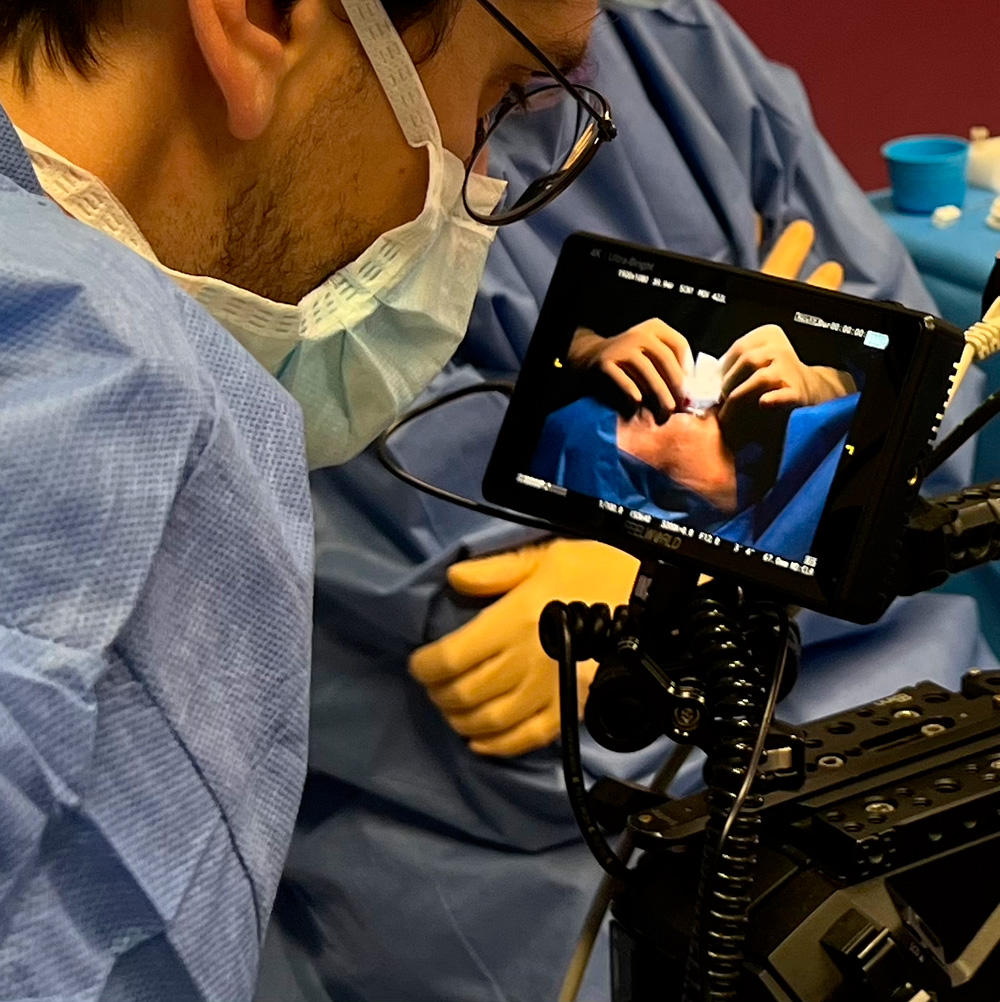Rhinoplasty, one of the most popular cosmetic surgical procedures, and it continues to evolve thanks to technological advancement and new techniques. Here is an overview of the most recent and innovative methods in rhinoplasty.
Ultrasonic rhinoplasty
Ultrasonic rhinoplasty is a cutting-edge technique that uses piezoelectric instruments to reshape the nasal bones with unparalleled precision. Unlike traditional methods that can cause trauma to surrounding tissues, ultrasonic technology allows for more delicate and targeted modifications, reducing bruising, swelling and recovery time. This technique is particularly beneficial for patients requiring complex bone modifications.
Rhinoplasty preservation
Preservative rhinoplasty is an innovative approach that aims to preserve as much of the natural structure of the nose as possible. Rather than removing large amounts of cartilage and bone, this technique relies on repositioning and remodelling existing structures. It allows you to maintain the characteristic features of the nose while providing the desired improvements. This method reduces the risk of postoperative complications and offers very natural results.
Medical rhinoplasty (non-surgical)
Medical, or non-surgical, rhinoplasty uses injections of hyaluronic acid fillers to correct minor imperfections in the nose. This technique is ideal for patients wishing to adjust asymmetries, fill hollows or smooth bumps without resorting to surgery. The results are immediate, and although temporary, they can last up to 18 months. It's a quick, less invasive option for those who want subtle changes.
3D imaging and virtual planning
3D imaging and virtual planning represent significant advances in rhinoplasty preparation. These technologies allow surgeons to create detailed simulations of potential outcomes before surgery. Patients can thus visualize the proposed modifications and collaborate more effectively with their surgeon to define their aesthetic goals. This improves patient satisfaction and accuracy of results.
Autologous cartilage grafts
The use of autologous cartilage grafts, that is to say cartilage taken from the patient (usually from the ear or ribs), is an increasingly common technique. It makes it possible to strengthen or restructure certain parts of the nose without risk of rejection.
This method is particularly useful for patients requiring significant nasal reconstruction or who have undergone previous rhinoplasties with complications.
Use of “PRF”
The PRF “Platelet Rich Fibrin” is a technique for obtaining a kind of biological glue from a blood sample that is taken and centrifuged during the operation. This glue, applied to powdered cartilage (called “diced cartilage”), bone powder or fat, makes it possible to obtain highly precise grafts. These grafts will then be placed on the structure of the nose, which reduces the risk of post-operative irregularities. This technique is particularly interesting in secondary rhinoplasty. It allows you to obtain a very smooth dorsum of the nose, which is very difficult with traditional techniques.
Reference : Advantages and Disadvantages of Reconstructive and Preservation Rhinoplasty


